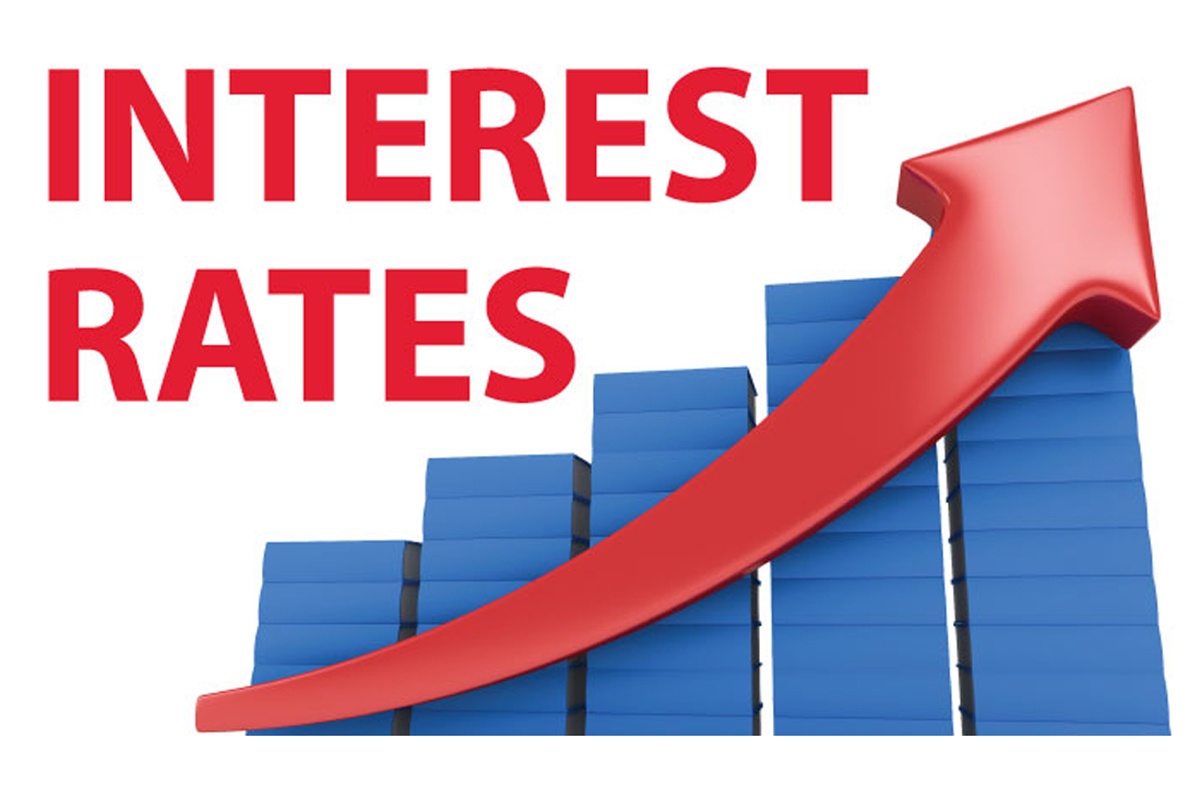Officials from the Federal Reserve are adamant that they will keep increasing interest rates until soaring inflation is brought under control, and the minutes from their policy meeting on July 26–27, which will be released on Wednesday, may reveal just how aggressive they want to be.
The minutes, which are scheduled for release at 2 p.m. EDT (1800 GMT), may shed light on the factors that may have led Fed officials to announce a third consecutive 75-basis-point rate increase on September 20-21 and those that may have caused them to limit future increment to half-percentage-point lifts.
Since the Fed’s previous policy meeting, data have shown that annual consumer inflation fell in July, falling to 8.5% from 9.1% in June. This would support the smaller 50-basis-point rate hike scheduled for next month.
But other information made public on Wednesday demonstrated why that is still up for debate.
Core retail sales in the United States, which most closely reflect the consumer spending portion of the GDP, outperformed forecasts in July.
This information, together with the shocking headline that the UK’s inflation rate had surpassed 10%, appeared to influence investors in futures contracts linked to the Federal Reserve’s target policy rate of interest to change their wagers in favour of a 75 basis-point rate increase next month.
A Chicago-origin Fed index of credit, leverage, and risk measures revealed ongoing softening in the meanwhile. Policymakers who believe that tighter financial conditions are necessary to reduce inflation, which is currently at a four-decade peak and is, by the Fed’s standard metric, more than three times the central bank’s 2% target, are faced with a conundrum as a result.
A recent stock market rise may indicate that the economy is still too hot for the Fed to feel comfortable, as job and salary growth in July surpassed expectations.
The possibility of another significant rate hike or one that is somewhat smaller was left open by Fed Chair Jerome Powell when speaking to reporters following the release of the most recent policy declaration in late July. Analysts will be examining the minutes from that meeting for clues about what might influence the central bank in either direction.
Powell did not specify when the rate rises would slow down or the circumstances that would make a slowdown possible. This allows for a deeper, more in-depth conversation in the minutes, according to Citi analysts.
The minutes of every Fed policymaking meeting is issued three weeks after the event and, while they capture the in-depth discussion among staff and policymakers, they frequently come out as stale.
However, to combat the biggest inflation breakout since the early 1980s, Fed officials have been changing monetary policy at an exceptionally quick tempo for much of this year, and the minutes have reflected this growing feeling of urgency.
The summary from the July meeting is anticipated to underline the Fed’s steadfast desire to put inflation on a path of sustained decline and do the same. In order to achieve its target range of 2.25% to 2.50%, the Fed has increased its benchmark nightly rate of interest by 225 points this year.
Inflation figures scheduled for release before the next meeting would likely need to indicate that the rate of price hikes had peaked and had begun to decline for the Fed to cut back its rate hikes, point officials have emphasised in their public pronouncements since the last meeting.






















